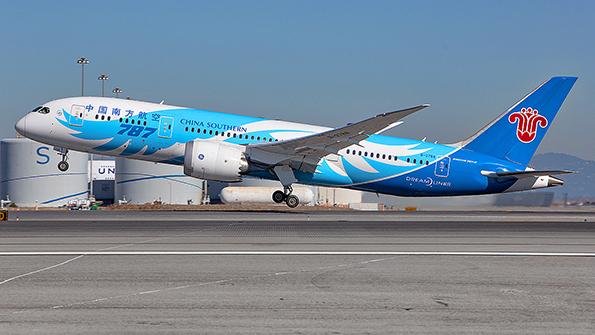
Does Western aerospace and defense need to be better protected against Chinese investment? Should Washington directly invest in the U.S. defense industrial base? Does anyone know how a nationally reliable, albeit not centrally planned A&D marketplace works? So far, on the year-plus journey to a “trusted capital marketplace,” the questions seem to outnumber the answers exponentially.
The U.S. is girding to ward off China’s influence on the Western aerospace ecosystem after COVID-19. But as a recent Aviation Week Network webinar illustrates, there is a long way to go before the right balance is achieved and the risk of messing up the world’s leading aviation, space and defense supply base abates.
“How far are we into the marathon? I think 15-20%,” AirFinance Managing Partner Kirsten Bartok Touw said during the webinar. “We’re still figuring it out.”
Tom Mayor, industrial manufacturing strategy practice leader at KPMG, agreed with the analogy. “We have to create a level playing field with a rapidly growing global competitor,” he said during the webinar. “We can’t break the global economy while doing it. So we’re going to have to step our way to leveling that playing field.”
COVID-19 has made the whole Western A&D sector desperate for liquidity. The commercial side of industry is responsible for 70-80% of total business activity, meaning the entire industrial foundation is being rocked by the novel coronavirus, including the defense industrial base.
While the Chinese have been investing in the U.S. for years, one fear is they could move in harder now than they have before. “The [2008] financial crisis and subsequent drop in demand for private planes offered opportunities for Chinese investors in the general aviation sector,” notes a May update to bilateral investment trends by the U.S.-supported National Committee on U.S.-China Relations. What is more, the group’s data shows a longstanding, integrated relationship has grown despite wariness on both sides.
What can be done about it? There are no easy answers. The administration of President Donald Trump has had to water down initial chest-thumping proclamations, too, because many questions remain unanswered. For instance, how does the U.S. government exert technological controls without strangling industry? It happened before with satellites in the 1990s, leaving an opportunity for European competitors to emerge and for China to focus on growing its own capabilities.
What about investment? Should the U.S. government have a sovereign wealth fund for A&D companies and startups to fend off Chinese suitors? There is certainly support within the A&D sector, as evidenced by 76% of participants voting in favor of that premise during the recent Aviation Week webinar. But the new U.S. Coronavirus Aid, Relief, and Economic Security Act or CARES Act shows it is easier said than done. Corporate America has an allergic reaction to the government getting a direct stake. A&D companies would much rather Uncle Sam pick up the costs of doing business—think tax breaks, export-credit agency guarantees and government-funded research and infrastructure—and let management make decisions while investors reap the profits. Taxpayers and their elected representatives may not agree whether that is enough.
Last but not least, saddling up with Uncle Sam could have major ramifications for startups and companies in the aerospace sector. By turning their backs on China, these firms may lose out next decade on what is expected to be the largest aviation system in the world. Additionally, retribution in the form of denying market access could have consequences for overall market health.
KPMG’s Mayor says part of the solution lies in harnessing the West’s unrivaled private equity and venture capital investment arena, along the lines of the “trusted capital” network being talked about in Washington. Touw expects whole new government agencies and institutions to emerge along the way. Both agree more U.S. action is almost certain.
It could be a paradigm shift for a country that, A&D subsidies aside, has little history of industrial policymaking. But as Touw said: “We gradually need to take more thought leadership in this space, more encouragement of the industrial base that we want to develop, and then actually start to make some investments and [be] even more active.”
